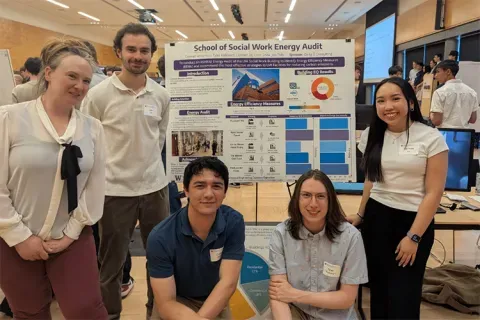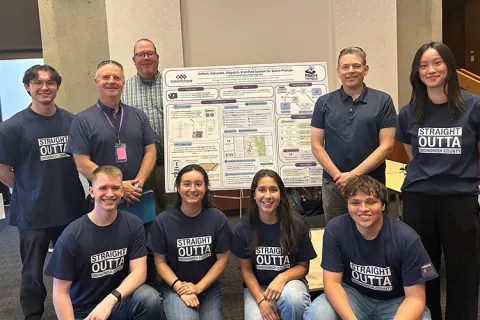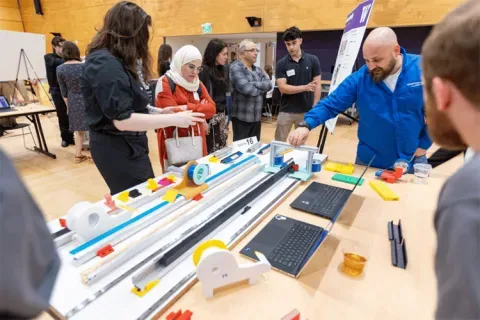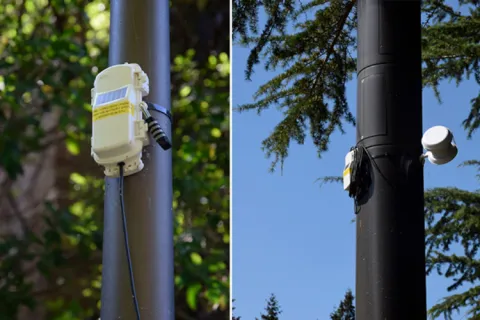UW Applied Physics Laboratory (APL)
Mechanics and Control of Octopus-Inspired Manipulators
The octopus's remarkably versatile arms are used across a variety of behaviors, including locomotion, search, manipulation, and excavation. Without a skeleton, these arms can conform their shape to the environment and successfully manipulate objects of any geometry, maneuver over variable and irregular terrain, and search over complex surfaces. By characterizing the mechanical and computational properties of the arm that generate these capabilities, we can engineer analogous soft robotic arms with far reaching applications including autonomous underwater manipulation, search and rescue, and prosthetics. This project is organized into three stages within UW Applied Physics Lab's (APL) broader pipeline to 1) characterize morphological data, 2) generate computational models from this data to use as a testbed for possible soft-body control algorithms, and 3) implement the findings from these stages in the design and control of soft robotic limbs. APL welcomes diverse engineering backgrounds to contribute to one or more of these stages. 1) This student team will be provided with morphological data of the octopus in the form of micro-CT scans, which will be used to characterize the arrangement of the octopus arm muscle tissue. 2) From these arrangements, this student team will work to create a computational model that emulates the contractile patterns of the muscle tissue and resulting arm configurations. This model will be compared to a large set of recorded behavioral data to determine patterns of activation used to configure the arm during specific behaviors. 3) This student team will work to translate these findings into the development of a soft robotic continuum arm 3D printed monolithically from thermoplastic polyurethane filament. This arm will be actuated hydraulically and controlled using algorithms derived from the activation patterns identified in stage 2. This pipeline will generate three major outcomes: 1) a 3D reconstruction of the octopus arm musculature, 2) a computational model emulating the arm's muscle contraction and activation patterns of this contraction 3) a continuum soft robotic manipulator with adaptive grasping capabilities analogous to those of the octopus arm. This student team will work to further develop these outcomes with improved resolution of morphological data as well as quality and variety of behavioral data, increased access to computational resources, and exploration of robot material properties.
Faculty Adviser(s)
Aaron Marburg, Mechanical Engineering
Related News

Mon, 10/13/2025 | UW Mechanical Engineering
Capstone collaboration leads to award
An ME capstone team received first place for its energy audit of the UW School of Social Work building.

Thu, 07/17/2025
UW engineering students develop smart ballot solution
UW engineering students develop smart technology solution to improve ballot collection for Snohomish County.

Mon, 07/07/2025 | UW Mechanical Engineering
Capstone creations
Students displayed innovative capstone design projects at the 2025 expo.

Fri, 09/20/2024 | UW Civil & Environmental Engineering
Smarter irrigation for a greener UW
A new project combines satellite data with ground sensors to conserve water and create a more sustainable campus environment.